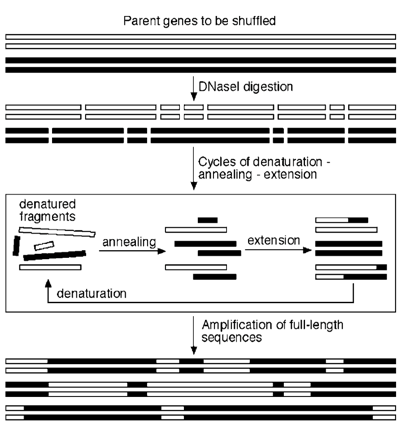
Since the early 2000s, there have been extensive efforts to find new insecticidal toxins from microorganisms, especially those of Bt. virgifera is a difficult insect to control with Bt Cry proteins even with Cr圓Ab and Cr圓4/35, it is desired to discover a new potent protein or to optimize an existing one. To make corn resistant to this soil insect, Bt insecticidal proteins such as Cr圓Ab and Cr圓4/35 were utilized. None of these Bt insecticidal proteins mentioned so far are active to a root-feeding corn pest, D. frugiperda is within the activity benchmark. Cry1Fa replaced Cry1Ab to overcome this problem, as the activity of Cry1Fa against S. frugiperda became an important pest for corn. Since then, it seems that this high activity level has become a preferred benchmark for other Bt insecticidal proteins used in transgenic crops. Their specific activities to the main target pests appear to be in the range of EC 50=10 ppm or lower than this EC 50 value ( i.e., higher activity) in plant tissue. The first Cry protein used in cotton was Cry1Ac cloned by Adang et al., 3) and in corn, it was Cry1Ab cloned by Höfte et al. Bt insecticidal Cry proteins were applied to transgenic cotton, corn and soybean. As long as insects do not feed, the crop is protected. However, the feeding inhibition works well for transgenic crop application. This is a reason why sprayable Bt insecticides remain as a niche product. The insects survived from the first bite can recover and resume feeding. The efficacy of Bt sprayable formulation persists only a few days after sprayed. If the bite does not deliver a lethal dose, it would be difficult to kill the insects. Insects stop feeding after they ingest the first bite of Bt Cry proteins sprayed on plants. It works well for transgenic Bt crop applications but not so well for sprayable products. The Cry protein is a powerful feeding inhibitor. Cry2A was discovered in the HD1 strain by Yamamoto and McLaughlin, 2) and Cry2Ab was later used in transgenic cotton to control Helicoverpa armigera (cotton bollworm) because of its high activity to this insect species.īt Cry insecticidal proteins are stomach poisons that must be ingested by insects and activated by proteases in the insect’s digestive system. virescens, while Cry1Ac is specific to H. For example, Cry1Aa is particularly active to Bombyx mori (silkworm) and Trichoplusia ni (cabbage looper) but not active to H. Each of these HD1 insecticidal proteins has a unique host specificity. The spore and crystal complex is collected and formulated into sprayable products.
Dna shuffling r studio library free#
When Bt matures during fermentation, the cells lyse and release free spores and crystals into the culture medium. S1), they are called Cry for crystal proteins or toxins. Since Bt insecticidal proteins are produced during the sporulation stage and crystalized in Bt cells (Supplemental Fig. This Bt strain has quite a few insecticidal proteins (toxins) such as 135 kDa Cry1Aa, Cry1Ab, Cry1Ac and Cry1Ia protoxins, 67 kDa Cry2Aa and Cry2Ab naturally matured toxins and possibly more. 1) The most widely commercialized sprayable Bt formulation utilizes the HD1 strain of Bt subspecies kurstaki. Bt was discovered in 1901 in Japan as a pathogen of silkworm and later used broadly as a sprayable insecticide.

One of these microbial insect pathogens is Bacillus thuringiensis (Bt). Almost all of them produce toxins that kill insects exclusively. There are many microbial organisms pathogenic to insects. In this review, several optimization projects, which have led to substantial activity increases of Bt insecticidal proteins, are described. The seed industry has been optimizing Bt insecticidal proteins to improve their insecticidal activity. The engineering process for higher activity necessary for Bt crops is called optimization. Recently, many new Bt insecticidal proteins have been discovered, but most of them require protein engineering to meet the high activity standard for commercialization. In order to protect corn furthermore, it is desired to control Diabrotica virgifera (Western corn rootworm), Helicoverpa zea (corn earworm) and Spodoptera frugiperda (fall armyworm). Since these insects have developed resistance to Cry1Ac and Cry1Ab, new Bt proteins are required to overcome the resistance. Cry1Ab was applied to corn to control Ostrinia nubilalis (European corn borer). The first Bt protein used in transgenic cotton was Cry1Ac to control Heliothis virescens (tobacco budworm). In the late 1990s, genes encoding Bt insecticidal proteins were expressed in crop plants such as cotton and corn to protect these crops from insect damage. Bt strains utilized in these products produce multiple insecticidal proteins to complement a narrow insect specificity of each protein. Bacillus thuringiensis (Bt) has been used as sprayable pesticides for many decades.


 0 kommentar(er)
0 kommentar(er)
